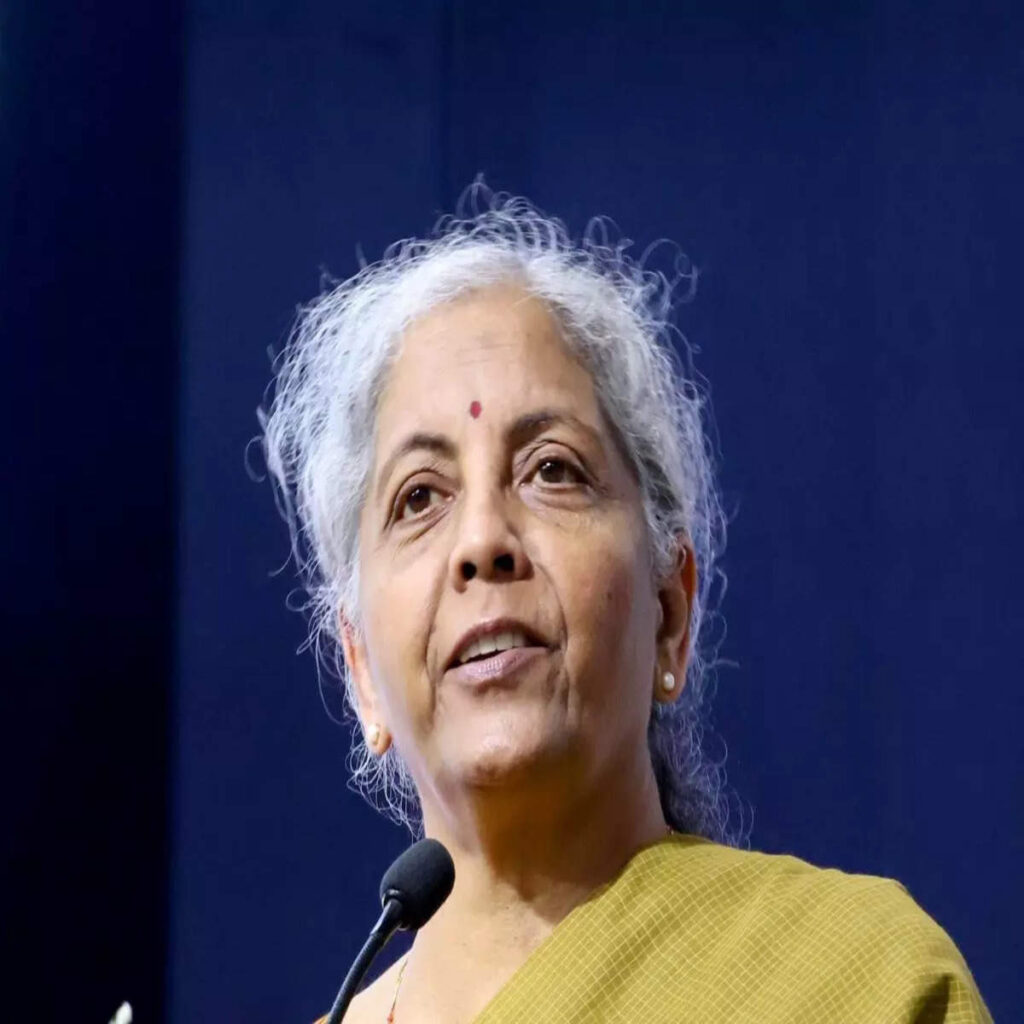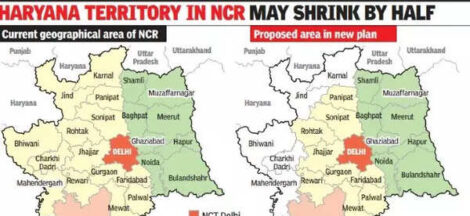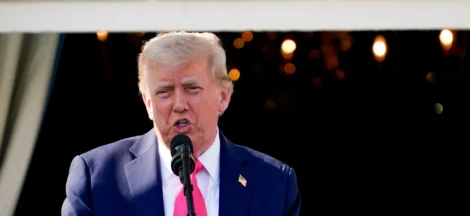Finance Minister Nirmala Sitharaman has entered the fray for the BJP national president’s post, joining two other prominent women leaders as the party’s deliberations point towards a historic reshuffle of its top brass. Several senior male politicians—including Bhupendra Yadav, Dharmendra Pradhan, Manohar Lal Khattar, Shivraj Singh Chouhan and Pralhad Joshi—are also in contention, signalling a broad search for a consensus candidate ahead of announcements expected between 10 and 18 July.
Party insiders reveal that the shortlist includes former Andhra Pradesh BJP president Daggubati Purandeswari and Vanathi Srinivasan, currently heading the BJP Mahila Morcha, alongside Sitharaman. Purandeswari, often called the “South’s Sushma Swaraj”, brings national-level experience but may face eligibility hurdles, having joined the party in 2014—short of the constitution’s 15-year membership requirement. Vanathi is celebrated for grassroots mobilisation, though her limited fluency in Hindi may pose a barrier.
Nirmala Sitharaman is viewed as a heavyweight contender given her current cabinet portfolio. Sources indicate her inclusion underscores the party’s exploration of female leadership at the national level. Another seasoned candidate, Dr Sudha Yadav, holding a placement on both the BJP parliamentary board and election committee, is lauded for her organisational trustworthiness and academic credentials, including a PhD from IIT Roorkee.
Among male prospects, Bhupendra Yadav is perceived as a frontrunner, renowned for electoral strategy shaping in Maharashtra, Uttar Pradesh and Bihar, and significant appeal within OBC voter segments. Dharmendra Pradhan, a minister with strong RSS contacts, is also considered prominent, alongside Manohar Lal Khattar—now Union minister of power and urban affairs—and former Madhya Pradesh chief minister Shivraj Singh Chouhan. Pralhad Joshi remains a steady candidate amid the party’s intensified focus on southern expansion.
The BJP constitution mandates a minimum of 15 years of primary membership, which could hinder candidates like Purandeswari—who joined post-2014—but insiders suggest the party may contemplate an exception. Linguistic competency is another criterion: Vanathi’s low Hindi fluency is seen as a weakness, undermining her candidacy despite her organisational strengths.
Underpinning the selection process are strategic electoral considerations. A woman appointment could underscore BJP’s commitment to gender representation and support from the RSS. Meanwhile, naming a leader from an OBC background, such as Yadav, could be aimed at strengthening alliances ahead of the Bihar elections.
Regional reorganisation is ongoing: state BJP units in Madhya Pradesh, Uttar Pradesh, Telangana and others have completed organisational polls, with appointments expected to be formalised in the early part of July. This aligns with the timing of the national leadership change, ensuring cohesion before the Parliament’s monsoon session later this month.
Internal dynamics within Madhya Pradesh illustrate the interplay of caste and factional balance. Dharmendra Pradhan’s upcoming return to Bhopal as in-charge suggests strategic alignment between central leadership and state units, with discussions under way over women’s leadership roles in states, mirroring national-level recalibrations.
As deliberations intensify over the appointment—due by mid-July—the BJP appears to be weighing multiple axes: gender, caste, regional representation and organisational experience. Candidates are being assessed not only on internal credentials but also on their resonance with broader electoral objectives leading into the 2028 assembly elections and the 2029 Lok Sabha contests.




 Munir Dismisses India’s “Axis” Charge as Political Posturing
Munir Dismisses India’s “Axis” Charge as Political Posturing 